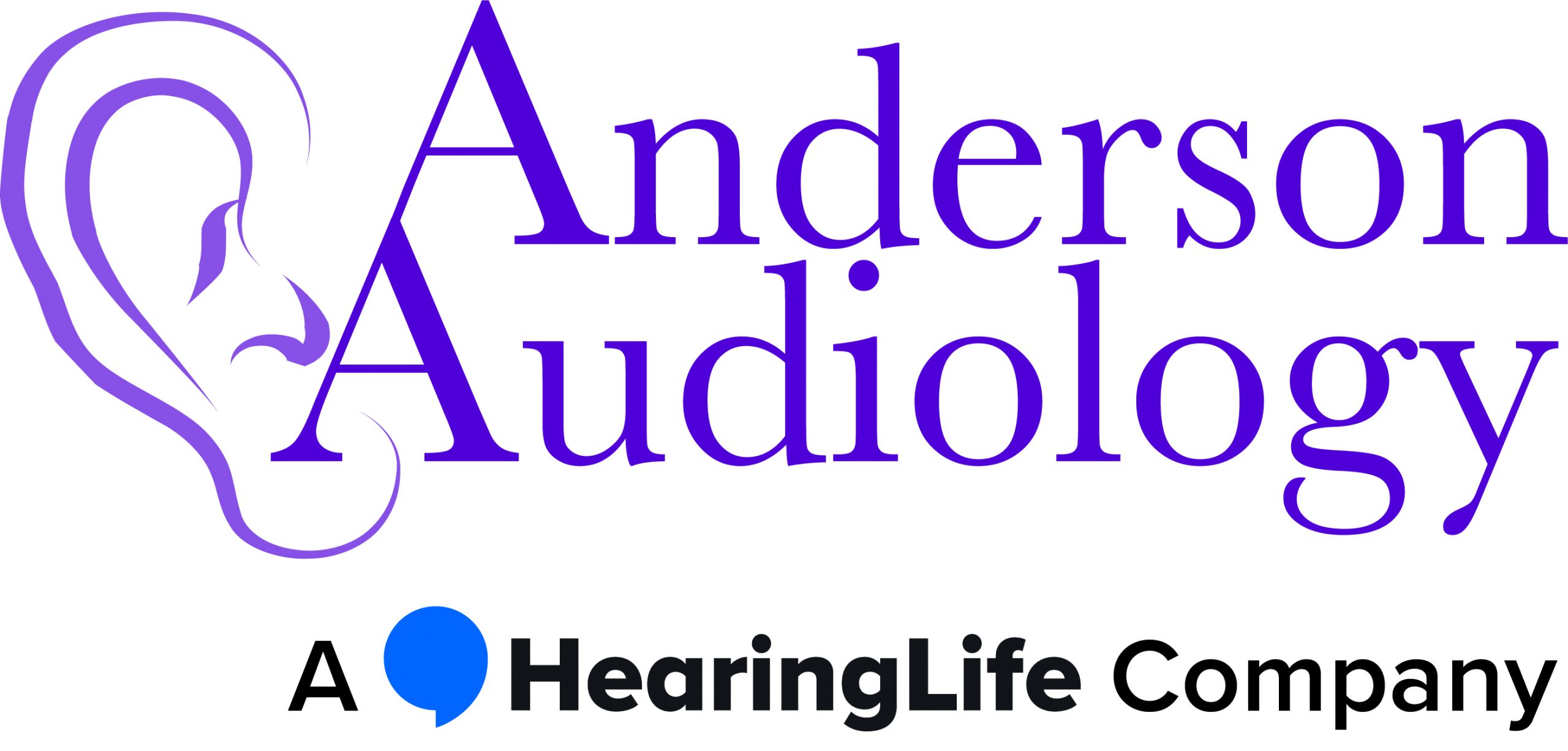Noise can have a significant impact on our health. It poses a risk to your hearing, with 25% of American adults showing symptoms of noise induced hearing loss (NIHL).
We know how to protect our hearing from dangerous levels of noise. Hearing protection and avoiding prolonged exposure are two of the best ways to help protect your hearing.
But what if sound was able to damage your cells? Or for certain sound frequencies to cause physical symptoms such as depression, pain or even a stroke.
This might sound like science fiction. However, for people with vibroacoustic disease, this is their reality.
Vibroacoustic Disease Explained
Vibroacoustic disease is a relatively recent discovery. Scientists are only really starting to scratch the surface on how certain sound frequencies can affect us physically.
In 1956, Professor Eugenia Andreeva-Galanina first developed a classification for “hand-arm vibration-induced pathology”. Researchers point to this as the first foray into understanding vibroacoustic disease.
However, it’s later on in the 20th century that more research into the severity of vibroacoustic disease began. In 1987, the first autopsy on a patient with vibroacoustic disease was performed. The autopsy highlighted just how much of an impact it can have on the human body.
The National Library of Medicine defines vibroacoustic disease as: “ occupational disease occurring in susceptible workers who have had long-term exposure (> or = 10 yr) to large pressure amplitude (> or =90 dB SPL) and low frequency noise (< or = 500 Hz).”
Put simply – vibroacoustic disease is caused by exposure to high-intensity (HI), low-frequency (LF) sounds.
Who is at Risk of Vibroacoustic Disease?
People who are regularly exposed to low frequency noise (LFN) are most likely to experience vibroacoustic disease (VAD). Examples of professions where VAD has been documented include:
- Aircraft technicians
- Pilots (commercial and military) & members of the cabin crew
- Ship mechanics
- Restaurant employees
- DJs
- Machinists
What are the Symptoms of Vibroacoustic Disease?
The symptoms of vibroacoustic disease can vary. It can include muscular, cardiovascular and neurological symptoms. Experts have classified vibroacoustic disease into three clinical stages. These are:
- Stage 1 (Mild) – Symptoms of stage 1 include respiratory infections such as bronchitis. Symptoms can also include indigestion and heartburn, as well as slight mood swings.
- Stage 2 (Moderate) – Stage 2 symptoms can include chest pain, back pain, fatigue, more noticeable behavioral changes that may include aggression or depression, pericardial thickening, hearing loss.
- Stage 3 (Severe) – Stage 3 symptoms are severe, and include: psychiatric disturbances, stroke, myocardial infarction, epilepsy, neurological disturbances and severe joint pain.
Diagnosing Vibroacoustic Disease
Your primary care physician can make a preliminary diagnosis of vibroacoustic disease through an echocardiogram. The echocardiogram can highlight thickening of the structures in your heart, in particular in the heart valves and the pericardium.
Get Your Hearing Checked at Anderson Audiology!
A hearing assessment can also highlight if you are experiencing hearing loss at different frequencies. If you’d like to book in an appointment with our hearing healthcare professionals, get in touch today. To book an appointment, call us on 702-997-2964. Alternatively, click here to request an appointment online.

